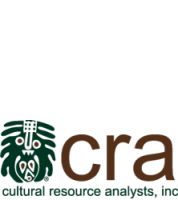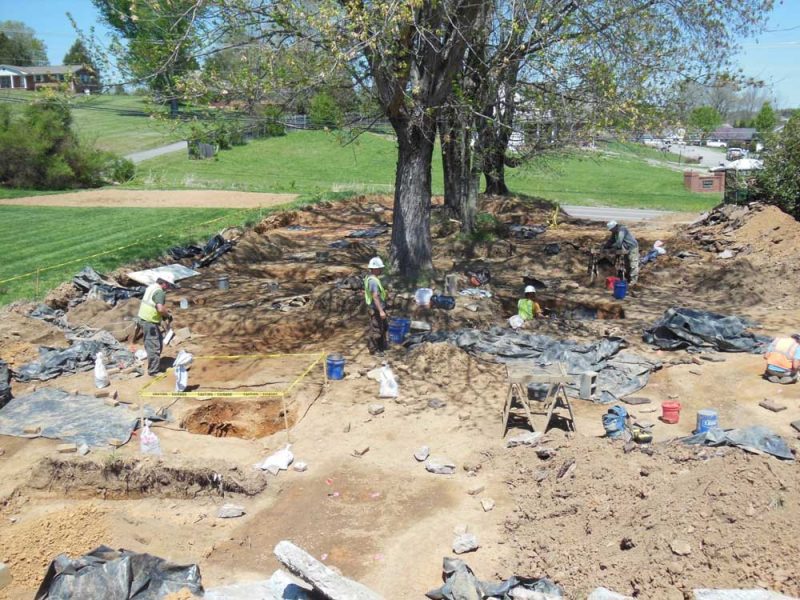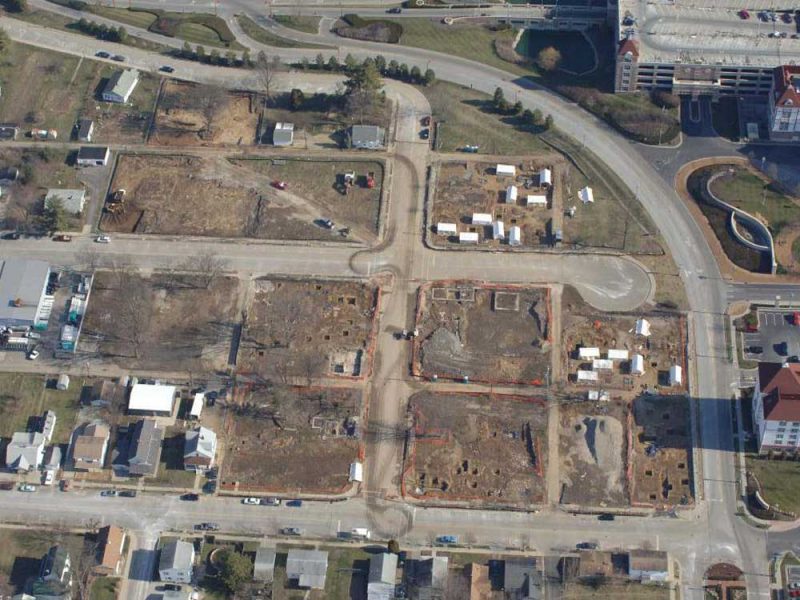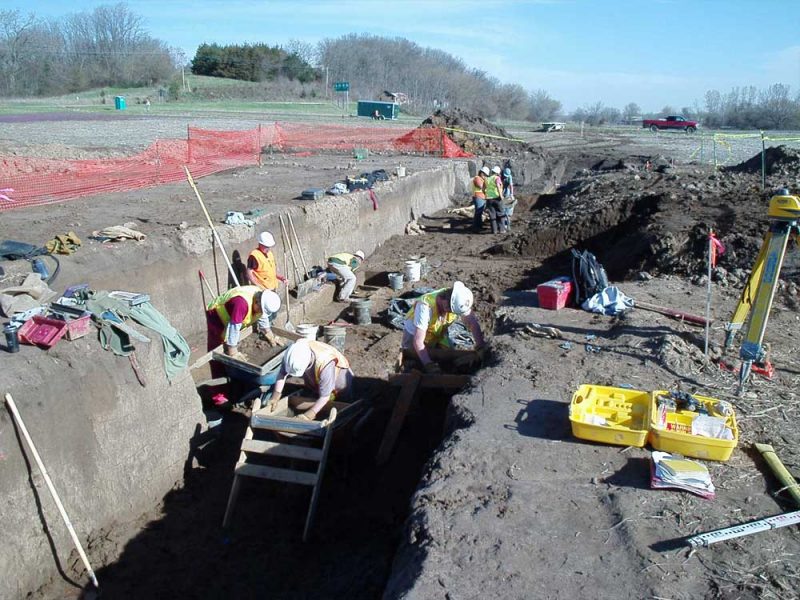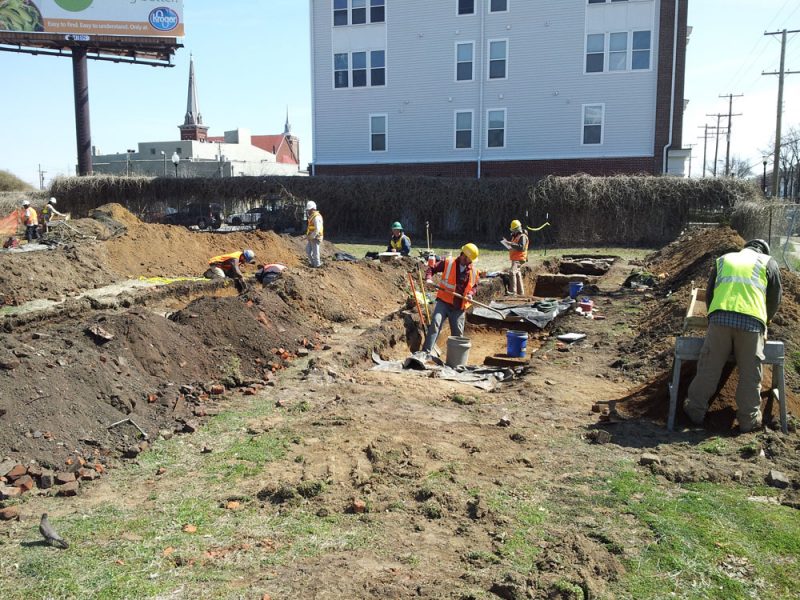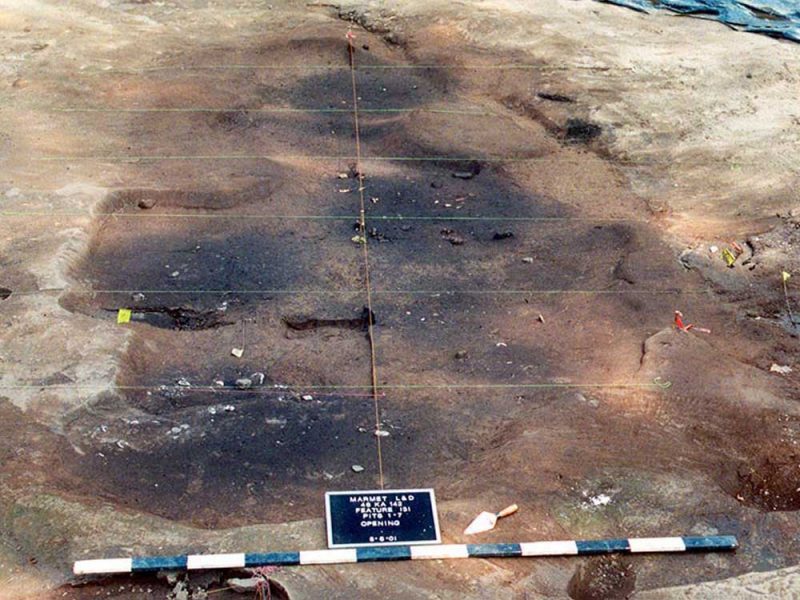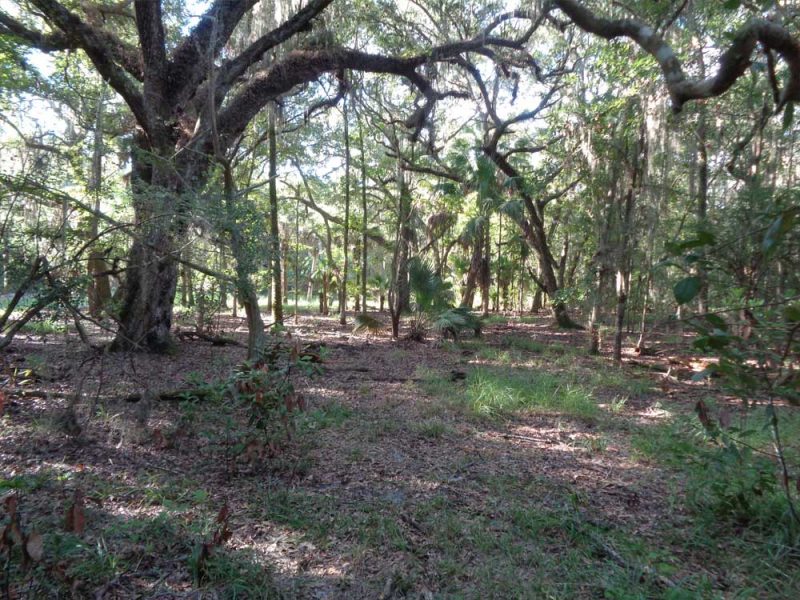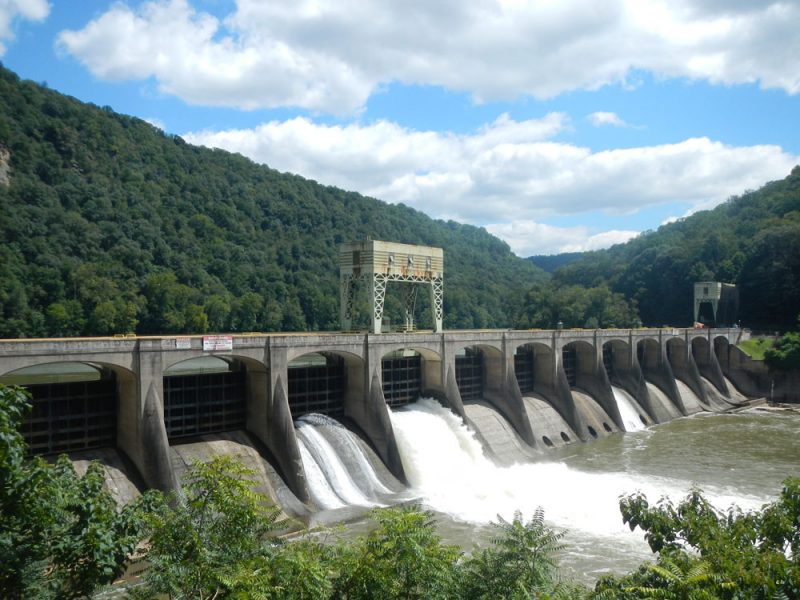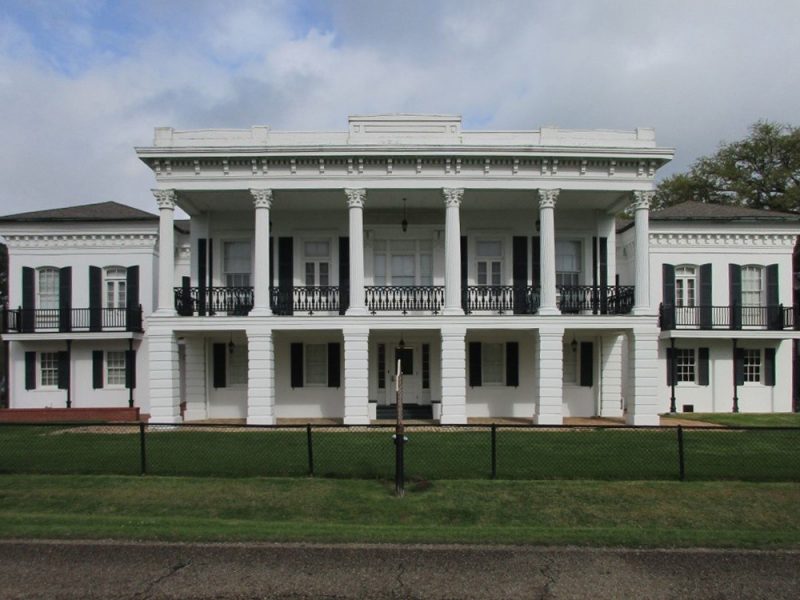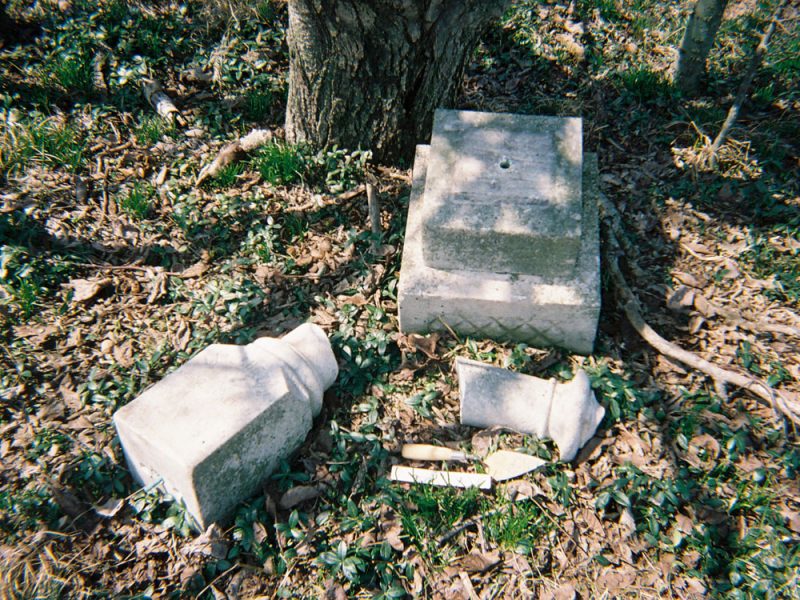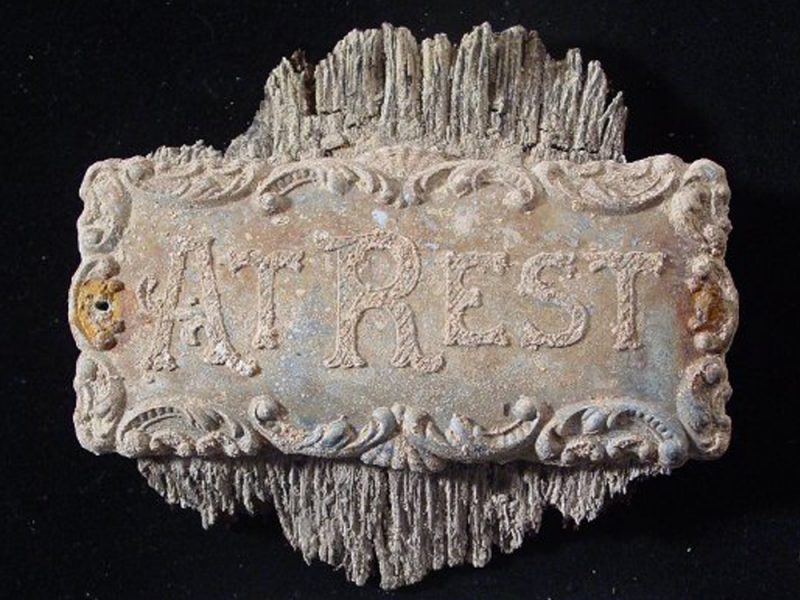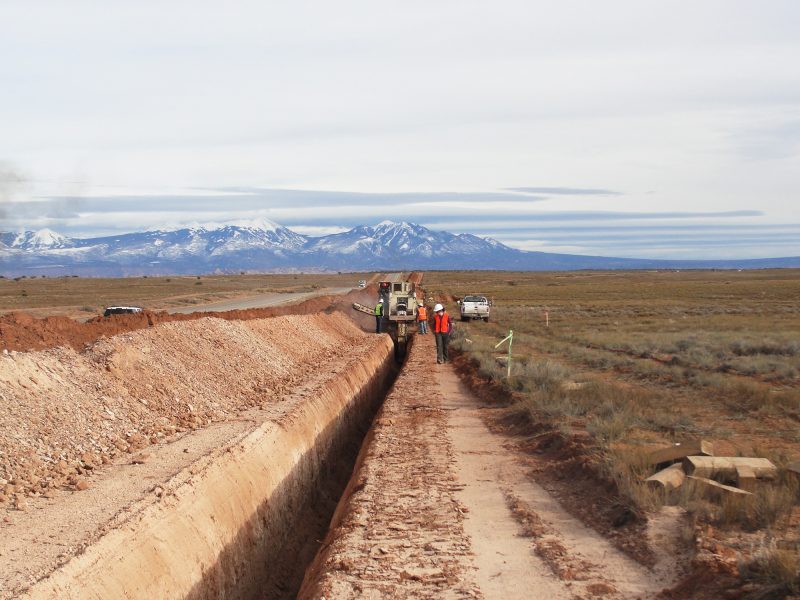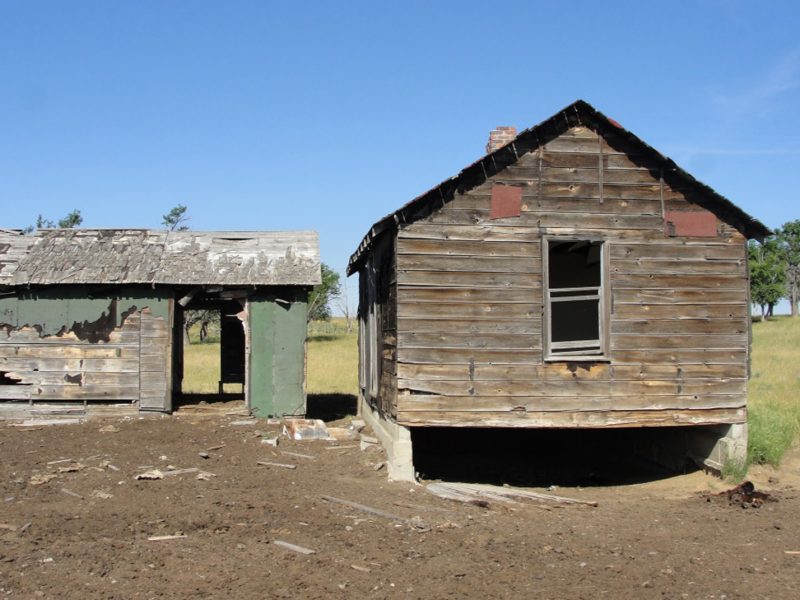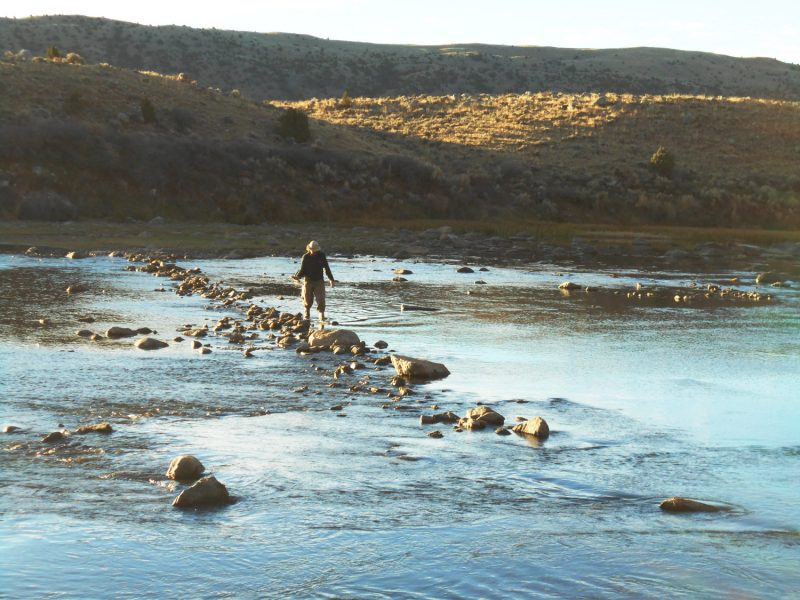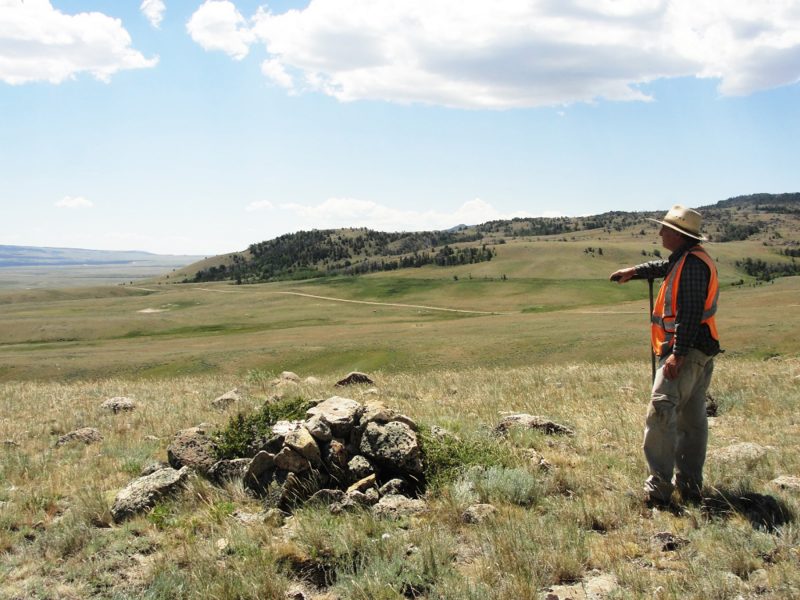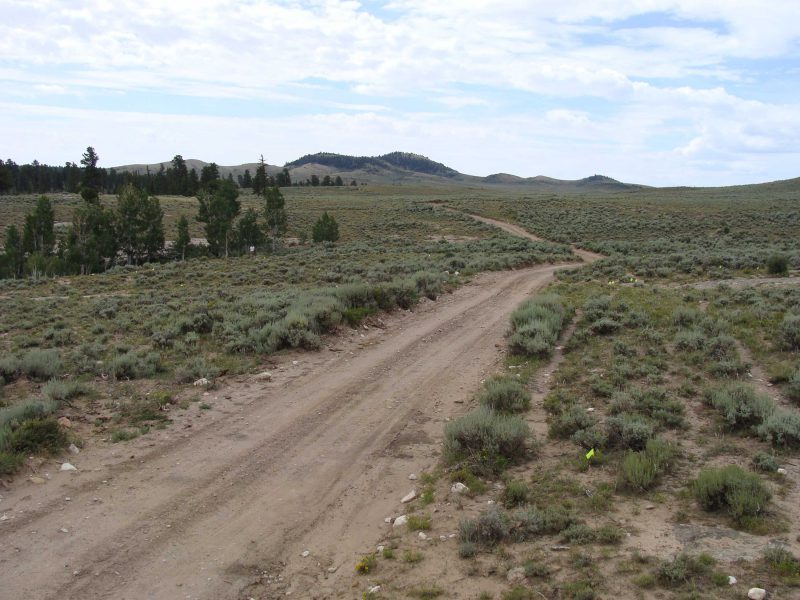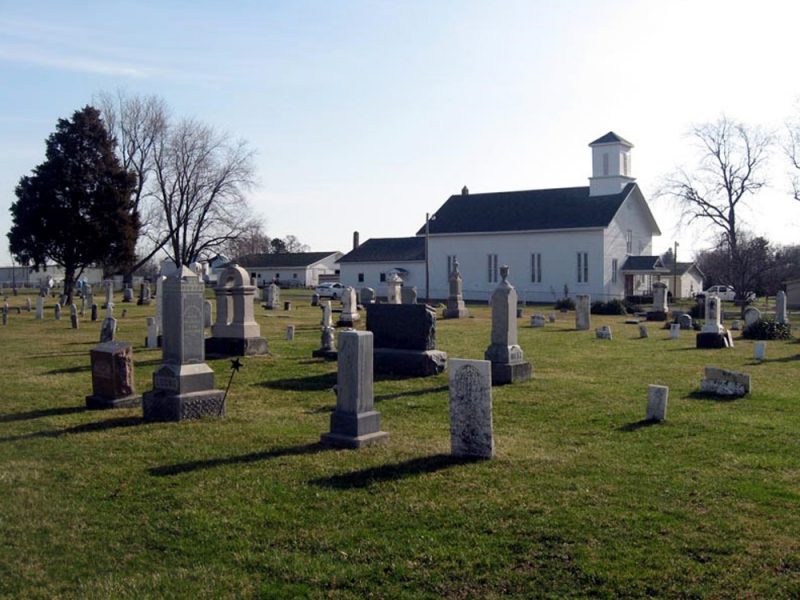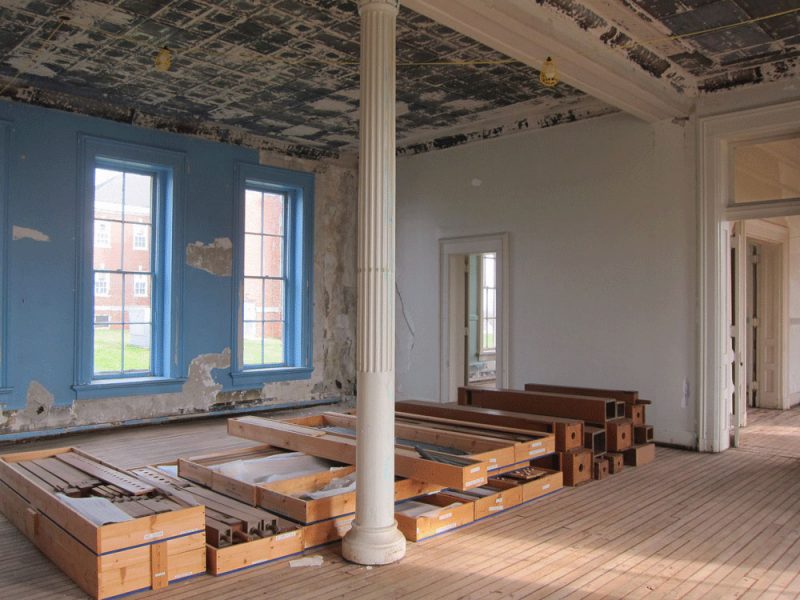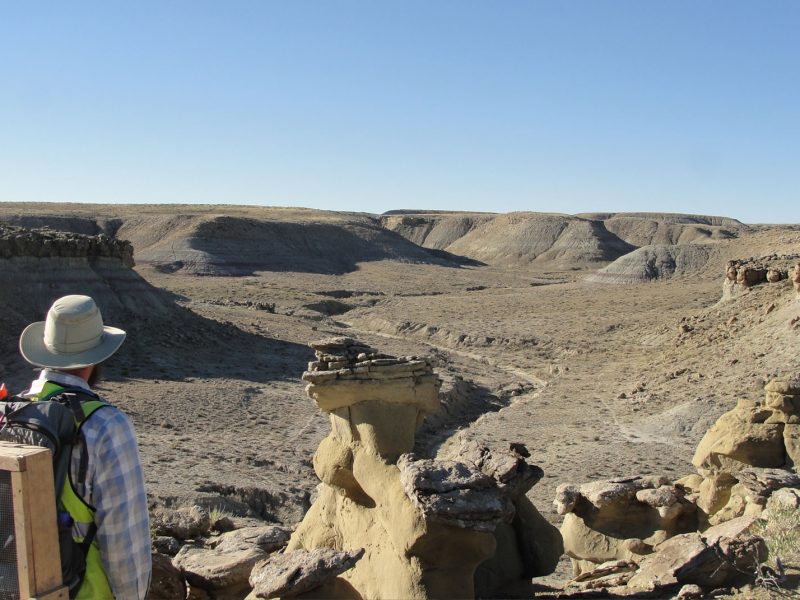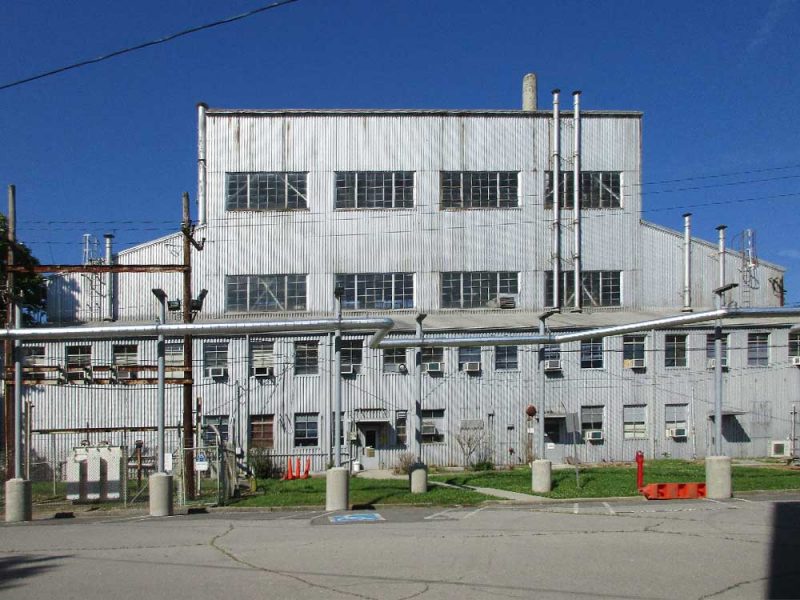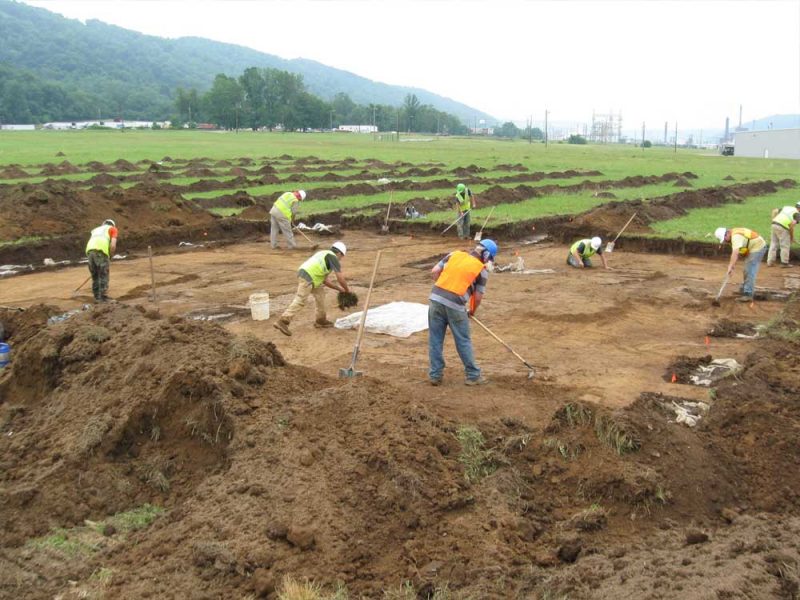Compliance

CRA has been assisting clients with the environmental compliance process for more than four decades, cultivating a thorough understanding of regulatory frameworks and acquiring nationwide experience in producing well-synthesized, defensible documentation that promotes efficient project development. We understand the challenges of solving complex compliance issues and are committed to helping our clients achieve the delicate balance between meeting regulatory requirements and advancing projects in a timely manner. Whether you need a records check or full public consultation, CRA is ready to assist.
Backed by our intimate understanding of federal, state, and local regulatory processes and rooted in our positive relationships with agencies across the country, CRA is able to effectively guide its clients in meeting cultural resource requirements and help develop strategies that best meet the needs of the project. Recognizing the importance of timely and cost-effective approaches, CRA prioritizes proactively working with entities such as departments of transportation and State Historic Preservation Offices to develop innovative solutions that promote the success of our clients.
Most importantly, we understand that cultural resource issues are just one aspect of the larger environmental compliance and project development process and that responsiveness, timeliness, and completing the project right the first time are critical to meeting aggressive schedules and budgets. CRA prides itself on its attention to project schedule and delivery and selection of staff that understand the importance of flexibility and the need to adapt to changes in project design.
Proficiencies

- Archaeological Resources Protection Act
- Clean Water Act (404 permits)
- Department of Transportation Act
(Section 4(f)) - National Environmental Policy Act
- National Historic Preservation Act
- Native American Graves Protection and Repatriation Act
- U.S. Army Corps of Engineers Appendix C
- Special Use Permits through agencies such as BLM, USFS, and USFWS
Section 106
Most compliance-related cultural resource projects involve Section 106 of the National Historic Preservation Act of 1966, as amended (NHPA), which requires all federal agencies to take into account the effects of their actions on properties listed in, or eligible for listing in, the National Register of Historic Places (NRHP). To trigger Section 106, a project must use either federal funding or permitting (thus defined as an undertaking) and have the potential to have an effect on cultural resources. Such undertakings include, for example, funding for highway construction and permitting for projects such as communications towers and pipelines.
Generally speaking, the Section 106 process seeks to accommodate historic preservation concerns with the needs of federal undertakings by requiring federal agencies to evaluate the potential consequences of their actions on historic properties. This process is partly dependent upon feedback and consultation and requires agencies to give the Advisory Council on Historic Preservation (ACHP), State Historic Preservation Offices (SHPOs)/ Tribal Historic Preservation Offices (THPOs), and the public an opportunity to comment on projects and their potential effects on historic properties. Section 106 does not mandate an outcome and does not guarantee the preservation of historic properties; however, it does mandate that a balance be sought between project activities and the historic environment.
What is involved in the Section 106 process?
The Section 106 process involves five primary steps, which rely heavily on the consultation process:
- Initiation of Section 106, including the identification and notification of consulting parties;
- Identification of all historic properties (those listed in, or eligible for listing in, the NRHP) in the area of potential effects (APE);
- Assessment of potential project effects on any identified historic properties;
- Resolution of adverse effects through avoidance, minimization, or mitigation; and
- Implementation of the project.
Federal agencies vary in which tasks they delegate to their consultants to carry out on behalf of them. While some agencies may conduct all public consultation in-house and only retain outside parties to assist with field investigations as part of the effort to identify historic properties, others use consultants to coordinate the entire Section 106 process.
For more information on the Section 106 process, see the ACHP’s A Citizen’s Guide to Section 106 Review.
How CRA helps with the compliance process
Whether you need a records check or full public consultation, CRA is ready to assist.
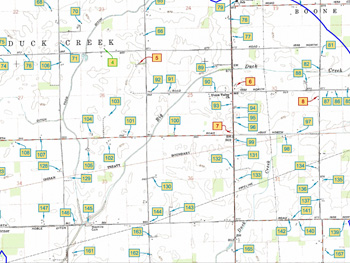
Due Diligence and Red Flag Studies
Early identification of potential cultural resource issues can be key to avoiding project delays and unanticipated costs. CRA routinely works with clients during the project scoping phase to conduct desktop reviews and records searches, which can identify potential ``red flags`` in the project area and help inform ongoing project planning and design. Such studies can sometimes also provide rationale for limiting in-depth field investigations.
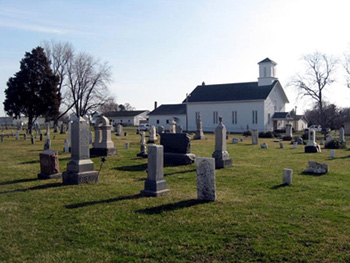
Cultural Resource Investigations
CRA can quickly mobilize to handle all aspects of cultural resource investigations, no matter the size. From archival research and field studies to artifact analysis and reporting, our specialists provide the expertise necessary for the identification and assessment of the full range of cultural resources encountered, including archaeological sites, buildings, structures, districts, cemeteries, linear features, cultural landscapes, and everything in between.

Consultation
Well-versed in state and federal regulations and backed by positive working relationships with State Historic Preservation Offices and agencies throughout the country, CRA's team takes pride in helping clients successfully navigate the Section 106 consultation process. From drafting coordination materials to organizing consulting party meetings, CRA provides the experience necessary to work with a wide variety of entities in crafting appropriate project solutions.

Findings and Agreement Documents
CRA understands the importance of thorough, concise documentation that carefully articulates the outcome of the compliance process and reasonable agreement documents that provide a path toward project completion. Our compliance experts can assist with everything from unanticipated discovery plans for archaeological resources to project-specific memorandums of agreement to program-level programmatic agreements for federal agencies.

Mitigation
While early consultation often results in project solutions that avoid adverse effects to historic properties, CRA recognizes that project needs and practical constraints sometimes require decisions that will result in adverse effects. In such cases, we work alongside our clients to engage stakeholders to plan for and execute meaningful mitigation measures ranging from Phase III data recovery projects to creative solutions such as interpretive markers, oral history programs, and public educational materials.
Related Projects



